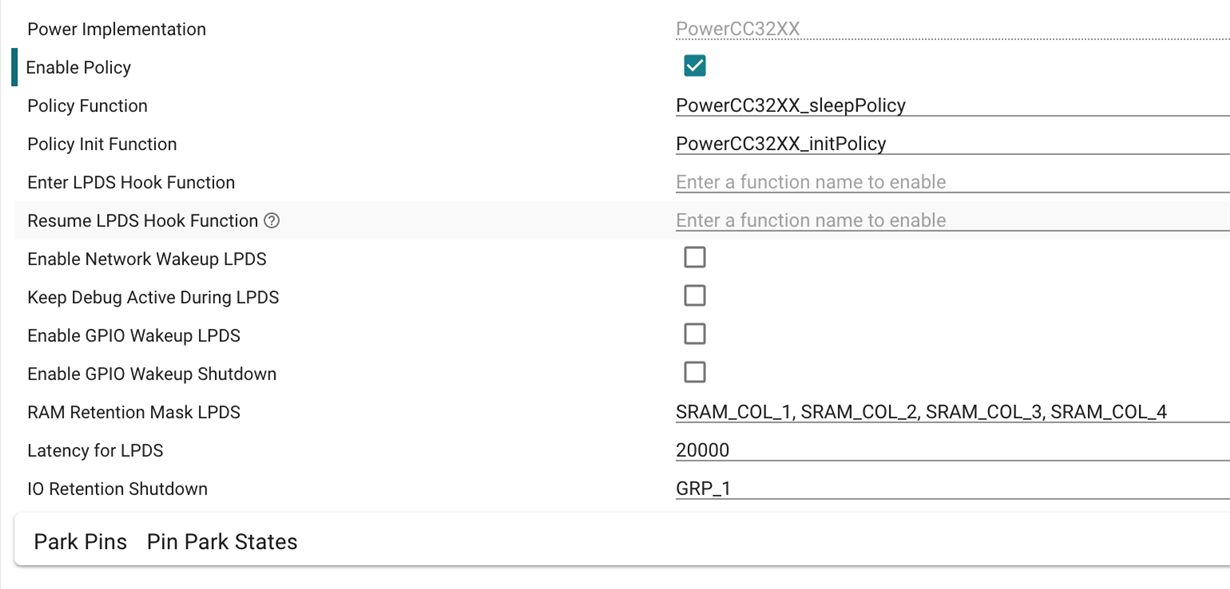Other Parts Discussed in Thread: SYSCONFIG, TIDC-01005
Hi,
I got 3 questions about MQTT-client demo app.
1. I would like to add power saving feature in mqtt client app.
I have added some codes to configure LPDS or LSI mode in main thread, and power_enablepolicy() to enable it. but the current still around 30mA.
Any idea how to add this? Like add sleep in correct function?
2. the MQTT server is "#define MQTT_CONNECTION_ADDRESS "mqtt.eclipse.org"",
seems sometimes it doesn't work? Do you have recommend one?
3. I am blocked on mqtt_client_app, line: 654 in mainThread.:
https://dev.ti.com/tirex/explore/node?node=AEAkFJWv37SxZrUC5sxJZw__fc2e6sr__LATEST
// wait for CONNACK
while(connected == 0); // <-- Block here, connected always be 0
GPIO_enableInt(CONFIG_GPIO_BUTTON_0);
May I know whats going on?
Thanks a lot for this great forum and all of you guys support.


